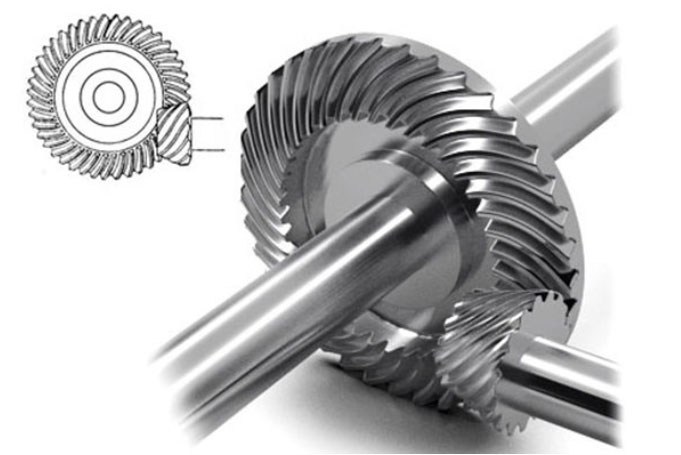As we look forward to the ongoing advancements and adoption of hypoid gears, it is essential to recognize the interdisciplinary nature of their development. Collaboration between various fields, such as materials science, mechanical engineering, manufacturing, and computer-aided design, will be vital to unlocking the full potential of hypoid gears in the future. Some areas of interdisciplinary collaboration include:

- Material Science and Engineering: By working closely with materials scientists, engineers can develop and select materials with improved properties for hypoid gear applications, such as increased strength, wear resistance, and reduced weight.
- Advanced Manufacturing: Collaboration with experts in advanced manufacturing techniques, such as additive manufacturing (3D printing), can lead to more efficient and cost-effective production of hypoid gears, even for small-scale or customized applications.
- Computer-aided Design and Simulation: Engineers can collaborate with specialists in computer-aided design and simulation tools to optimize hypoid gear geometry and design, reducing noise, vibration, and wear while increasing efficiency and load-carrying capacity.
- Tribology: By working with tribology experts, engineers can develop improved lubricants, coatings, and surface treatments to reduce friction and wear in hypoid gear systems, enhancing their performance and durability.
- Condition Monitoring and Data Analytics: The integration of sensors and data analytics in hypoid gear systems requires collaboration between mechanical engineers, electronics engineers, and data scientists to develop effective condition monitoring and predictive maintenance solutions.
- Education and Training: To ensure the continued growth and development of hypoid gear technology, collaboration between academia and industry is essential. This includes developing educational programs and training resources to prepare the next generation of engineers and technicians to work with advanced hypoid gear systems.
In summary, the future of hypoid gears depends on the collaboration and integration of knowledge from various fields. As technologies continue to evolve and new applications emerge, interdisciplinary efforts will be critical to addressing the challenges and opportunities associated with hypoid gear systems. By working together, experts from various disciplines can drive innovation and create more advanced, efficient, and reliable hypoid gear solutions for a wide range of applications.
